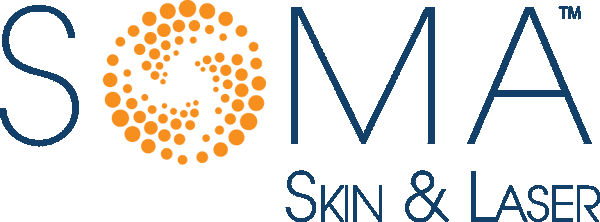Acne vulgaris is a common, and distressing, skin condition affecting people of all ages. The first line of therapy for acne lesions is often topical therapy. This can include topical antibiotics, benzoyl peroxide, salicylic acid, and topical retinoids. Retinoids are chemically related to Vitamin A and have multiple effects on the skin, including normalizing sebaceous gland function and helping to resolve comedones. The most commonly used retinoid is tretinoin, often referred to as Retin A. Other retinoids include adapalaene (e.g. Differin), which is now over the counter, tazarotene (e.g. Tazorac), and trifarotene (Aklief). Combination products containing a retinoid and a topical antibiotic or benzoyl peroxide are commonly used, such as EpiDuo, Ziana, and Veltin. A regimen of a topical retinoid or retinoid combination product at bedtime and benzoyl peroxide in the morning is prescribed by many dermatologists. Topical retinoids are one way of treating acne that does not involve antibiotics.
Topical retinoids are usually prescribed to be used at bedtime. A small amount, about the “size of a pea” is typically advised for the entire face. Topical retinoids are not a spot treatment for acne. Too much topical retinoid can cause dryness and irritation. Topical retinoids can be started every other day to increase tolerability. A non-comedogenic can be used to relive dryness or irritation. It is also important to wear sunscreen and practice sun protection while using topical retinoids for acne, as these medications can cause increased sun sensitivity.
If topical retinoids, alone or in combination with other topical medications, are unsuccessful in controlling acne, then systemic antibiotics, isotretinoin, and laser and light therapy should be considered.
